Marula (Fruit)
Marula is a medium sized tree belonging to the Brachystegia genus. This tree is mainly found in Miombo Woodlands in different regions of Africa. It is a deciduous tree belonging to the same family as cashew, mango and pistachio. The fruits of this tree are the main source for “Amarula Cream Liqueur” and other alcoholic beverages. The seeds are consumed as nuts by humans and rodents.
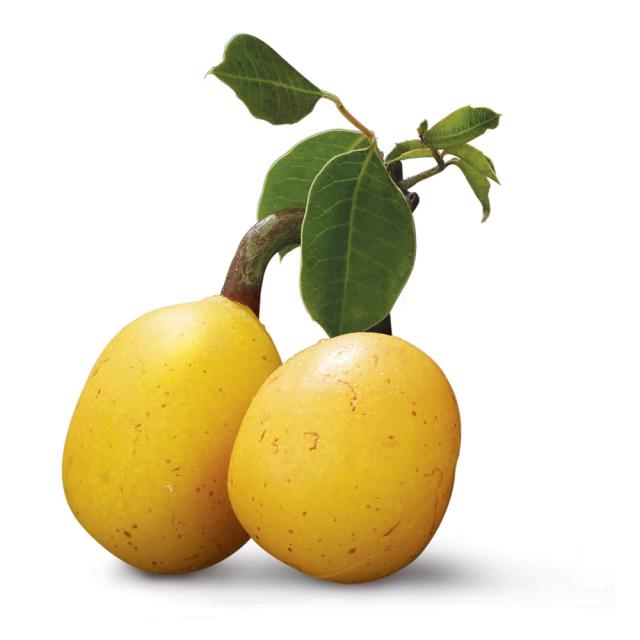
Marula (Fruit)
Table Of Content
Marula Scientific Name
The scientific name for this tree is Sclerocarya birrea.
History of Marula
These trees are native to South Africa where the beverage “Amarula” was first prepared. In 1989, this beverage was marketed to public for the first time. Both the nuts and the fruits of this tree have been considered to be sources of nutrition for African people for a very long time.
Description of Marula Tree
This is a dioecious tree which means male and female flowers grow on separate trees. The female trees bear female flowers and fruits while the male trees bear only male flowers. The crown of these single stemmed trees spreads in a wide area.
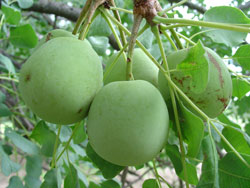 Picture 1 – Marula
Picture 1 – Marula
Source – phytotradeafrica.com
Leaves: These trees have compound leaves consisting of 7 to 10 small paired leaflets.
Fruits: The raw fruits are green, which turn yellow as they ripen. The white, juicy flesh has a unique flavor. The fruits are drupe having a stone surrounded by the flesh.
Flowers: The buds of both male and female flowers are dark red. They bloom into spiky, delicate flowers of pink, lilac and white color.
Seeds: The seeds of the Marula tree are situated inside the hard-walled walnut sized stone. These edible Seeds are brownish with a delectable nutty flavor.
Bark: The bark is irregularly spotted and freckled.
Height: They usually grow somewhere between 18m and 20m in height.
Common Names of Marula Tree
These trees are known by different names in different regions. Some of its common names include Morula, Jelly Plum, Cider Tree, Elephant Tree, Marriage Tree, Cat Thorn, Canhoeiro, Dania, Mutsomo, Mushomo and Umganu.
Where does the Marula Grow?
They are mainly found in the Miombo woodlands in southern regions of Africa and also in the Sudano-Sahelian range in West Africa.
Marula Fruit Nutritional Facts
The vitamin C content of the Marula fruits is eight times higher than that in an orange. The fruits are also rich in oleic acids and antioxidants. The nuts of these trees are rich in nutritional content having high levels of protein, energy and mineral. They are rich in minerals like iron, magnesium, zinc, phosphorus and copper.
Marula Edible Nut
The nuts or kernels of these trees are very delicious with a delicate aroma. These are found inside a hard shell or stone. The stone dries and exposes the nut by shedding two or three circular plugs at an end. These nuts are consumed by humans as well as small rodents.
Marula Oil
Oil is extracted from the seeds of this tree. This essential oil is highly beneficial for human health and is used for cooking. Marula oil is also good for skin and hair. Native Africans use this oil as skin moisturizer.
Health Benefits of Marula Fruit
The fruits are good for various parts of the body including the skin, bones and muscles. With rich protein and mineral contents, the nuts also have many health benefits to offer.
Cultivation of Marula
These trees grow in various types of African woodlands. They are not usually cultivated in backyards.
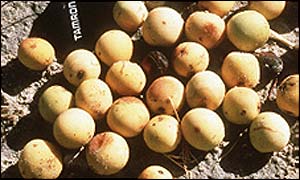 Picture 2 – Marula Picture
Picture 2 – Marula Picture
Source – news.bbc.co.uk
Growing Conditions
Soil: Sandy loam soil is ideal for these trees to grow properly.
Climate: Semi-arid to sub-humid climates are ideal for these deciduous trees. But, they can also survive in difficult climatic conditions.
Sunlight: Natural sunlight is sufficient for them. However, they have excellent resistance to harsh sunlight and heat.
Water: Normal rainfall is adequate for their proper growth. The roots of Marula can store plenty of water that keeps the trees alive even in draughts.
Elevation: They grow well in an elevation between 800m and 1000m above sea level.
Harvesting
The fruits ripen anytime between mid January and mid March and fall from the trees as soon as they ripen and turn yellow. People collect the fruits from under the trees. The nuts are easy to collect once the outer shell is dry. Otherwise, one has to break the outer shell in order to get the edible nut.
Uses of Marula
The fruits and nuts of these trees are used for various purposes.
Edible Usage
The nuts, fruits and the extracted essential oil have numerous edible uses.
- The Marula fruits are used for preparing alcoholic drinks like wines and beers including the famous South African “Amarula Cream Liqueur”.
- These fruits are also used for making delicious jam, jelly and juice.
- The nuts of this tree make good snacks and are consumed raw or roasted.
- The nuts are used in many preparations for the purpose of adding a special flavor to the food.
- The essential oil extracted from the seeds of Sclerocarya birrea is used as highly nutritious cooking oil.
- The skin of these fruits is dried in order to use it as substitute for coffee.
Medicinal Usage
Different parts including the bark and the leaves of these trees have some medicinal uses.
- The green leaves of this tree are believed to be able to relieve heartburn.
- Their bark is used in the treatment of several diseases like dysentery, diarrhea and malaria
Other Usage
It is used for some other purposes as well.
- These fruits are used as pesticides.
- The Marula oil is used in natural therapies and for making cosmetic products.
- The wood of these trees is used for making furniture.
Recipes Using Marula Fruit
The Amarula Fruit Cream made from these fruits is used in many cocktail and dessert recipes. Following are the names of some of these recipes:
- Amarula and Chocolate-Covered Strawberries
- Amarula Mocha Truffles
- Amarula Cheesecake
- Amarula French Toast
- Fruit Salad with Amarula and Whipped Cream
- South African Smoothie
Marula Side Effects
There are no known side effects of these fruits or nuts; however, these nuts may cause allergies or allergenic reactions to people who are allergic to nuts.
Marula Interesting Facts
Here are some interesting facts about these fruits.
- They are great favorite with a wide range of wild animals including elephants, monkeys, giraffes and wild boars.
- The most interesting thing about these fruits is that they turn into alcohol by undergoing fermentation in the stomach of the animals. As a result, the animals become drunk.
- The Amarula liqueur produced from these fruits is ranked third among the best selling cream liqueurs.
- In certain communities, people store the nuts of these trees to use them as an emergency food source.
- These nuts are also considered to be a mark of friendship by some people in Africa.
Marula Price and Availability
The Amarula cream liqueur is available in stores as well as online. The prices of the liqueur varies from 35$ to 40$ per bottle. The Nuts of these trees are also available in stores and online at affordable prices.
Marula Pictures
Here are some images of the Marula tree and its fruits.
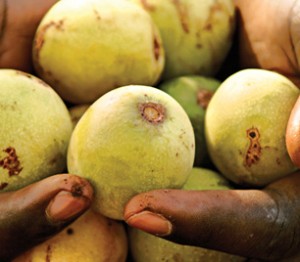 Picture 3 – Marula (Fruit) Image
Picture 3 – Marula (Fruit) Image
Source – savaneskin.co.za
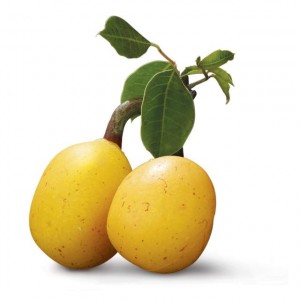 Picture 4 – Marula Photos
Picture 4 – Marula Photos
Source – slowvelder.files.wordpress.com
Marula is considered to be the “Traditional Food Plant” of Africa. The Amarula Cream Liqueur is one of the principal export earners of this country. The delicious and healthy nuts of this tree are an important source of nutrition for many native African communities.
References:
http://www.marula.org.za/about.htm
http://www.marula.org.za/abfruit.htm
https://www.krugerpark.co.za/africa_marula.html
https://pfaf.org/user/Plant.aspx?LatinName=Sclerocarya+birrea
- by Deepamala Bhattacharya
- October 15th 2011

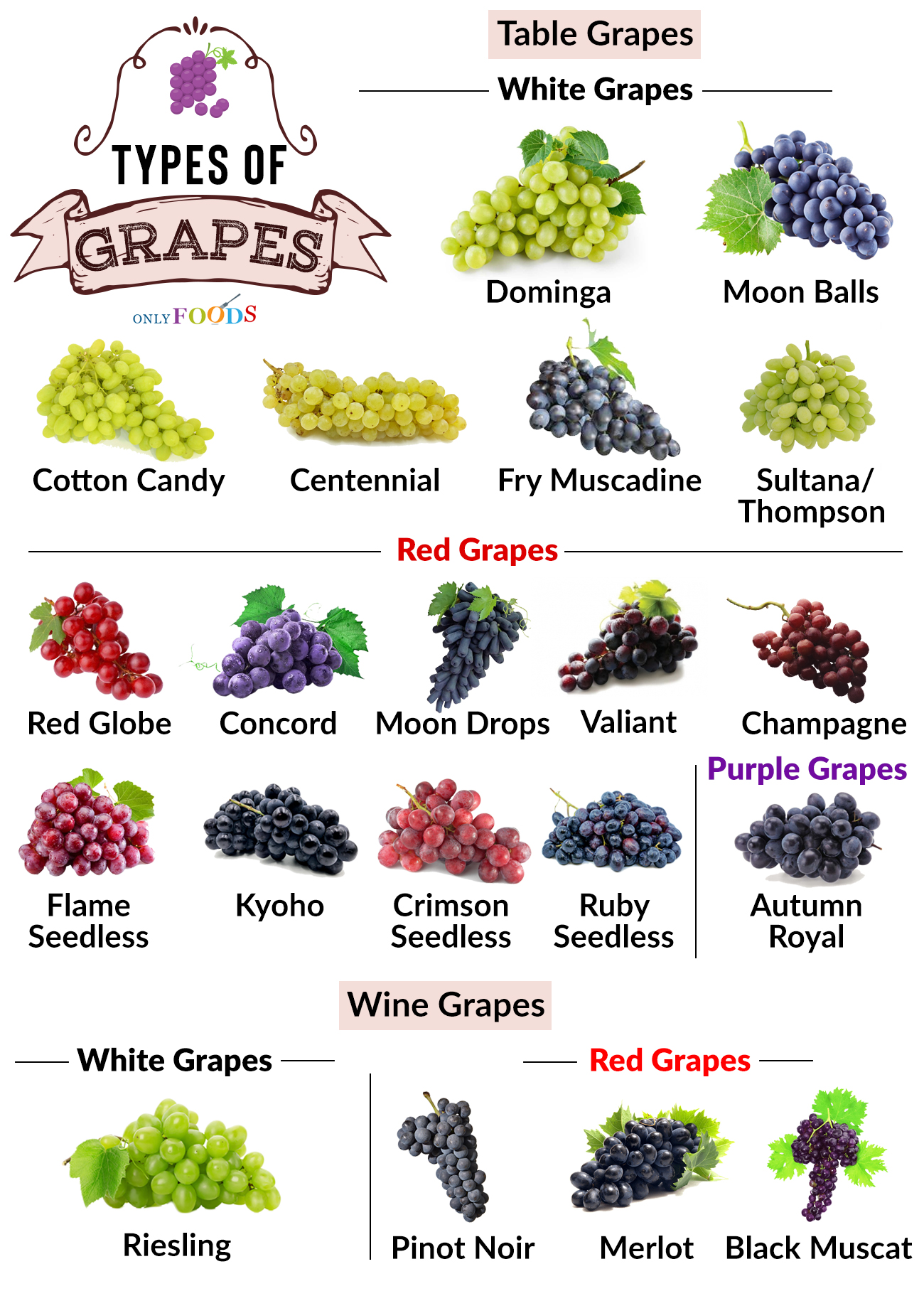
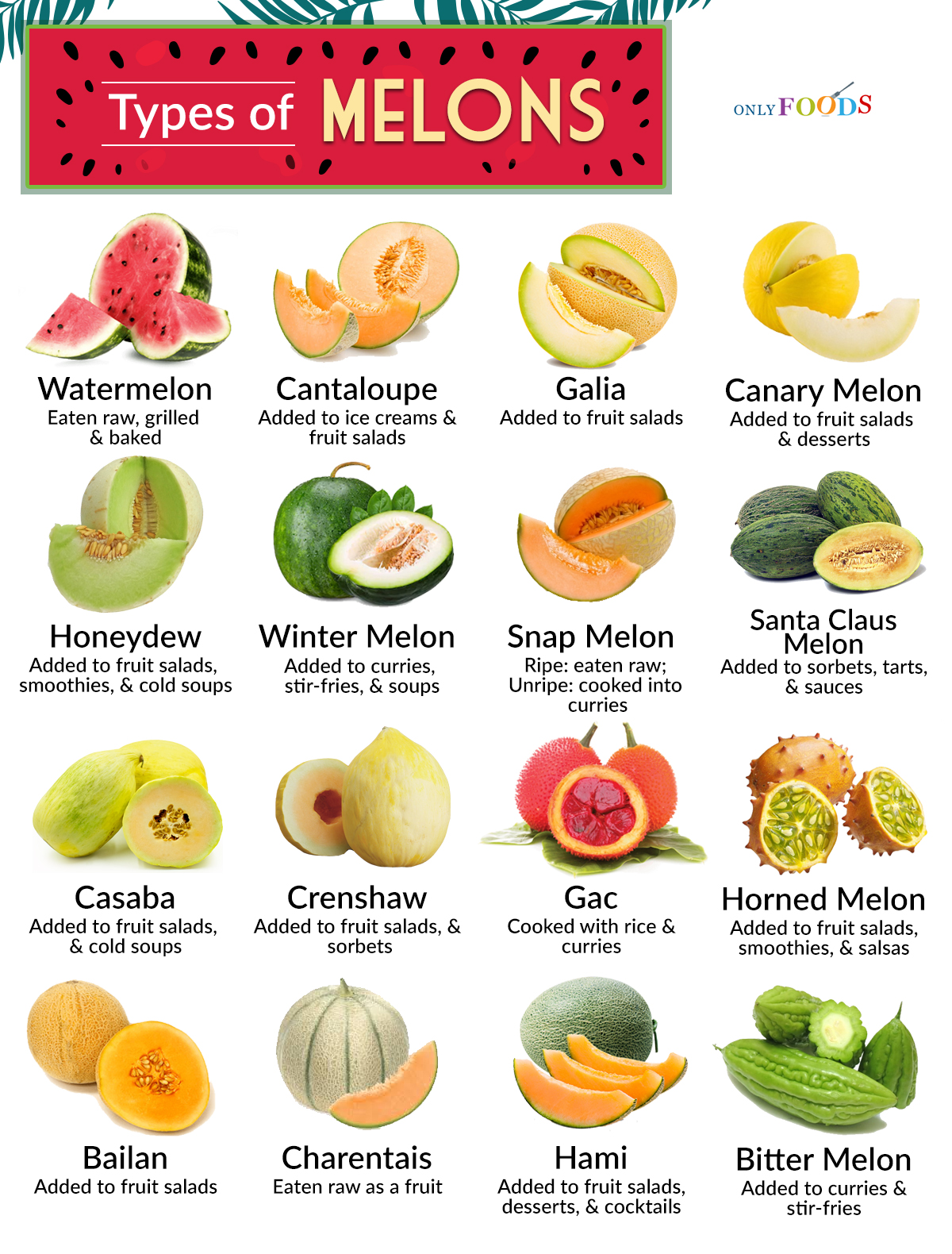
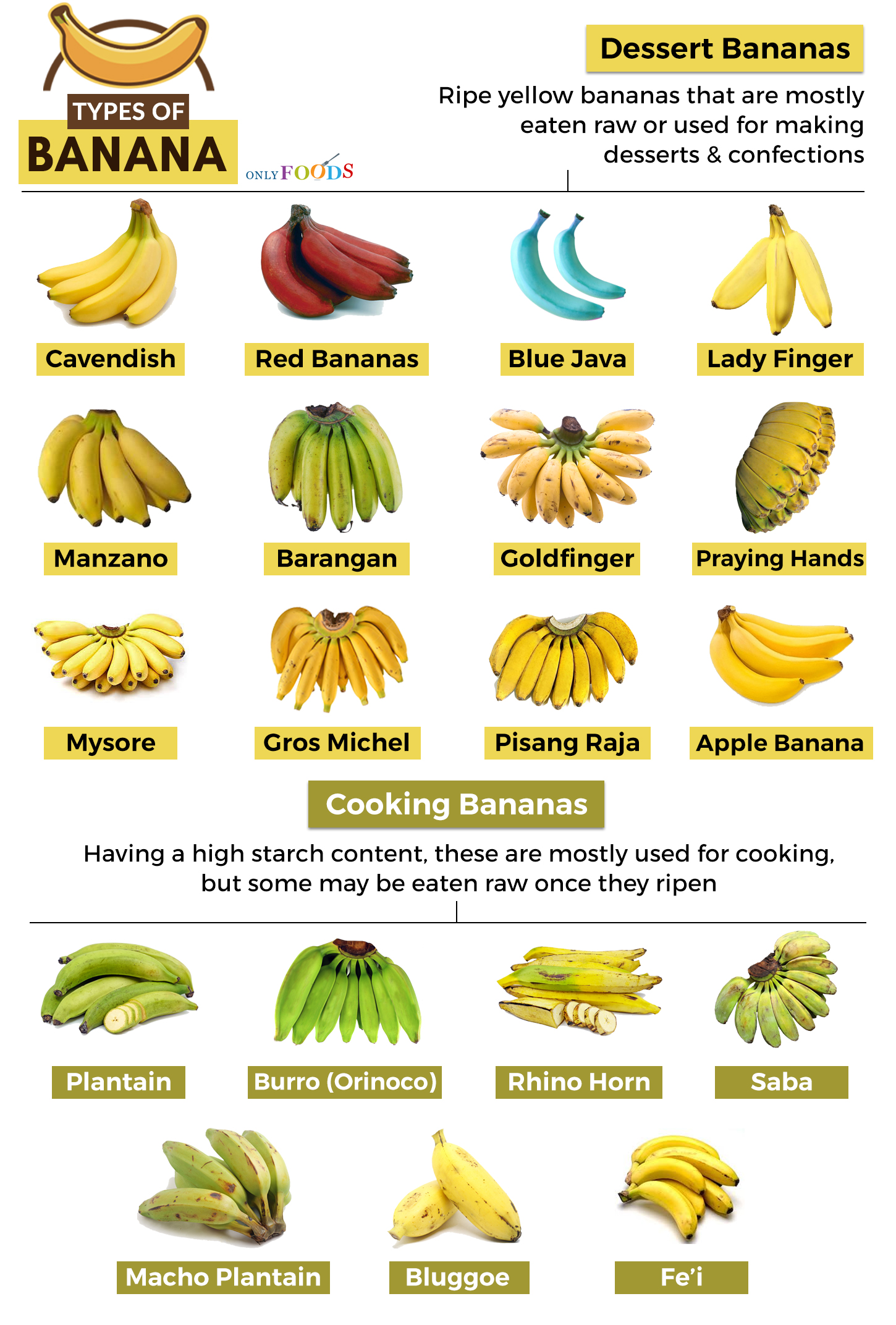
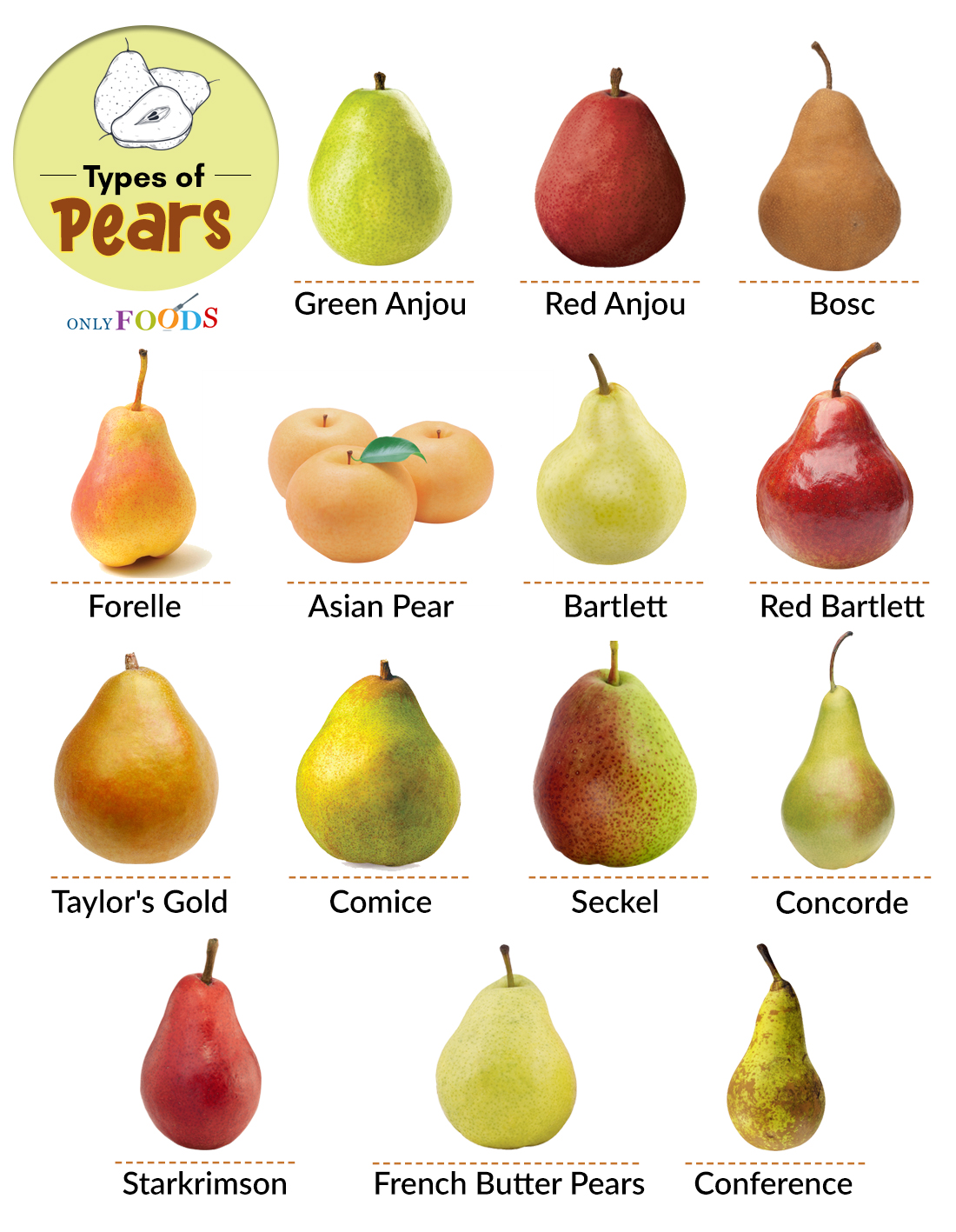















Leave a Reply